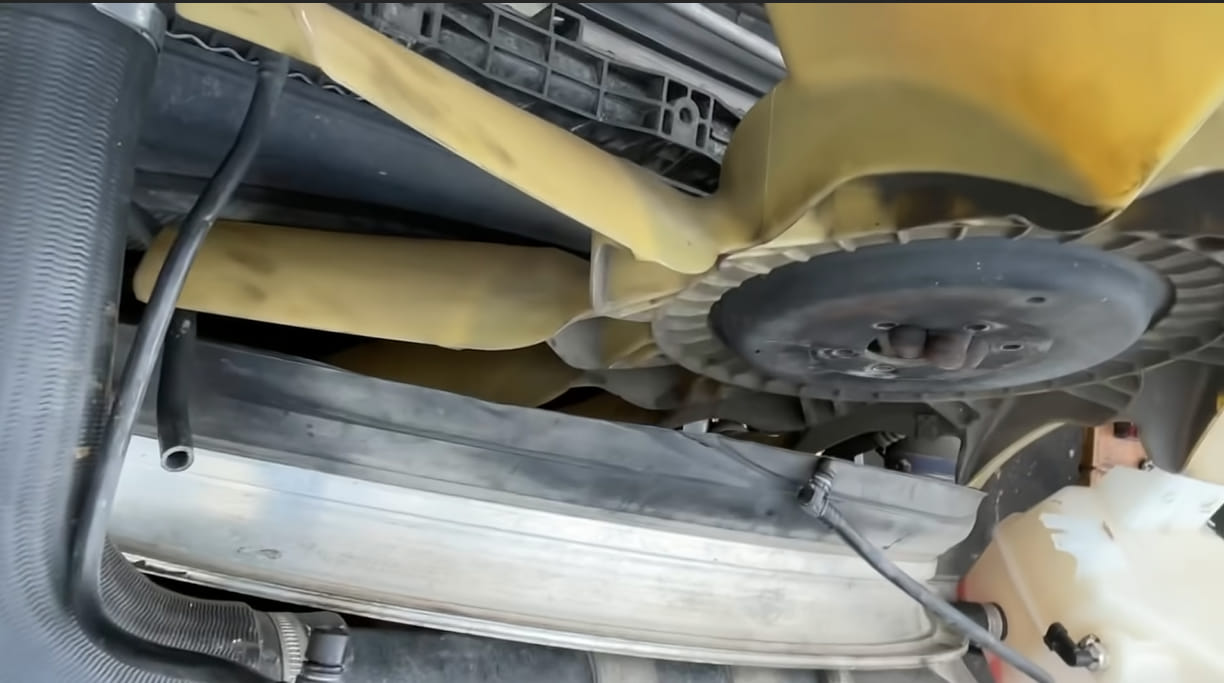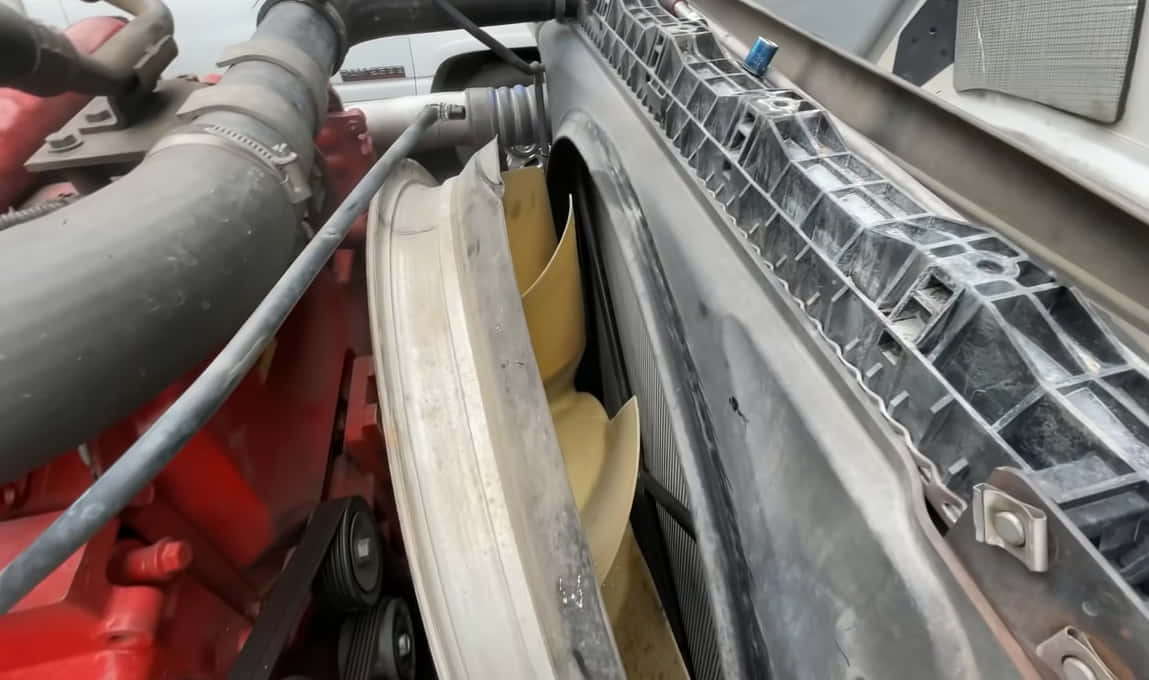Cummins ISX fan clutch problems can be a big concern for many people.
After all, when your fan clutch is showing signs of problems, other components of your vehicle are affected.
This is why if you are looking for ways to prevent these or to make sure they don’t keep happening, these are the important things you need to know. Keep reading to learn more.

Cummins ISX Fan Clutch Problems
Your engine cooling fan is not hard-connected to your water pump or fan pulley. But instead, it is soft-connected through your fan clutch. Thus, it is essential to keep your fan clutch working well to maintain the performance and reliability of your engine.
Without this key component, your engine is unable to keep a safe and optimal temperature range. When your fan clutch fails, your vehicle may stall and leave you stranded on the road – not to mention the massive repair costs you will have to worry about!
With these things in mind, it is best to pay close attention to certain symptoms linked with fan clutch problems.
Your thermal fan clutch tends to react to the air temperature that rushes over it from your radiator. As your radiator heats up, this also causes the air that passes through it to heat up.
Then, this also warms up the small bi-metallic coil component in the face of your fan clutch. Afterwards, this releases an internal valve. Next, this valve emits a heavy silicone fluid that locks your fan blades to your fan pulley.
If your fan clutch has already failed or is starting to go bad, there are certain symptoms to pay close attention to. These symptoms are crucial to the lifespan of your fan clutch, which is why you need to be aware of these before things get worse. By noticing these symptoms and taking action right from the start, you can ensure a precise diagnosis of the problem while at the same time doing the right techniques to get it fixed before it is too late.
1. Overheating engine
When you are running your vehicle at low speed, or you are currently at a stop, yet the engine is overheating, this means that your fan clutch has a problem. As you cruise on the road, the vehicle that moves through the air also pushes air through your radiator, which then cools the engine.
But at a stop, since the fan clutch is not engaging and the air is not forced to enter through your radiator, this prevents the engine from dissipating too much heat.
2. Not enough heat in the winter
Another possible symptom is where there is no ample heat in the winter. It is due to the failure of the opposite fan clutch. Once the fan clutch stops working, it stays engaged and cools the engine more than it should.
3. Excessive fan noise when running at a high speed
Additionally, seized fan clutches generate too much fan noise when you are operating your vehicle at a high speed. This can result in bearing damage, as well as damage to the radiator when the blades end up flexing too far, or even cause the fan to shatter.
4. Fan spinning after shutting the engine down
When you have a weak clutch, the fan continues to spin even after you have shut your engine down. Moreover, a leaking silicone fluid from your fan clutch can lead to this issue.
Read More: How Much Vacuum To Pull On Auto Ac System – And Why You Need it Done
Checking Your Fan Clutch

Now that you know the symptoms linked with fan clutch issues, it is time to conduct a diagnosis of the problem. So, how do you check your fan clutch?
First, you need to turn the engine off. Then, you can go ahead with these steps for checking your fan clutch to know for sure what may be causing the problem.
1. Spin your fan.
Electronic types of fan clutches end up freewhiling. On the other hand, other types of fan clutches spin with very minimal effort. But if your fan spins over three times, it is likely that your fan clutch is faulty. But if there is no spinning action at all, then you may have a seized bearing.
2. Wiggle your fan.
Check the bearing by wiggling the fan. Move it backward and forward, and if you notice that it tends to wobble or clicks, then the bearing may be worn out.
3. Check for leaks.
Your fan clutch needs a heavy silicone oil to function well. The viscous properties of the oil allows for a soft engagement that then drives your fan. However, if the oil leaks out, this will weaken your clutch and cause it to fail.
4. Observe the fan speed.
When your fan clutch is engaged, check for any audible sound along with a rush of air. When idle, this also causes an increase in your engine temperature. In the case of a thermal fan clutch, this engages at a specific temperature.
You can also use an optical tachometer to measure your fan speed. With every increase in engine temperature, check for a spike in the fan speed.
5. Use a scan tool.
There are some electronic testing tools that can be used to diagnose your fan clutch. When there is an internal combustion of the engine, this generates too much heat, and your engine’s cooling system moderates it. There is nothing wrong with a little bit of heat as this improves fuel vaporization, fuel economy and performance while warming up your cabin in the winter.
But if there is too much heat, then this is an issue. It can melt non-metal parts of your engine while impacting the performance of your lubricating oil.
Final Word
Once you have conducted these tests and have discovered that your fan clutch is no longer working as it should, you need to get it replaced sooner than later. Otherwise, this runs the high risk of causing damage to your engine.